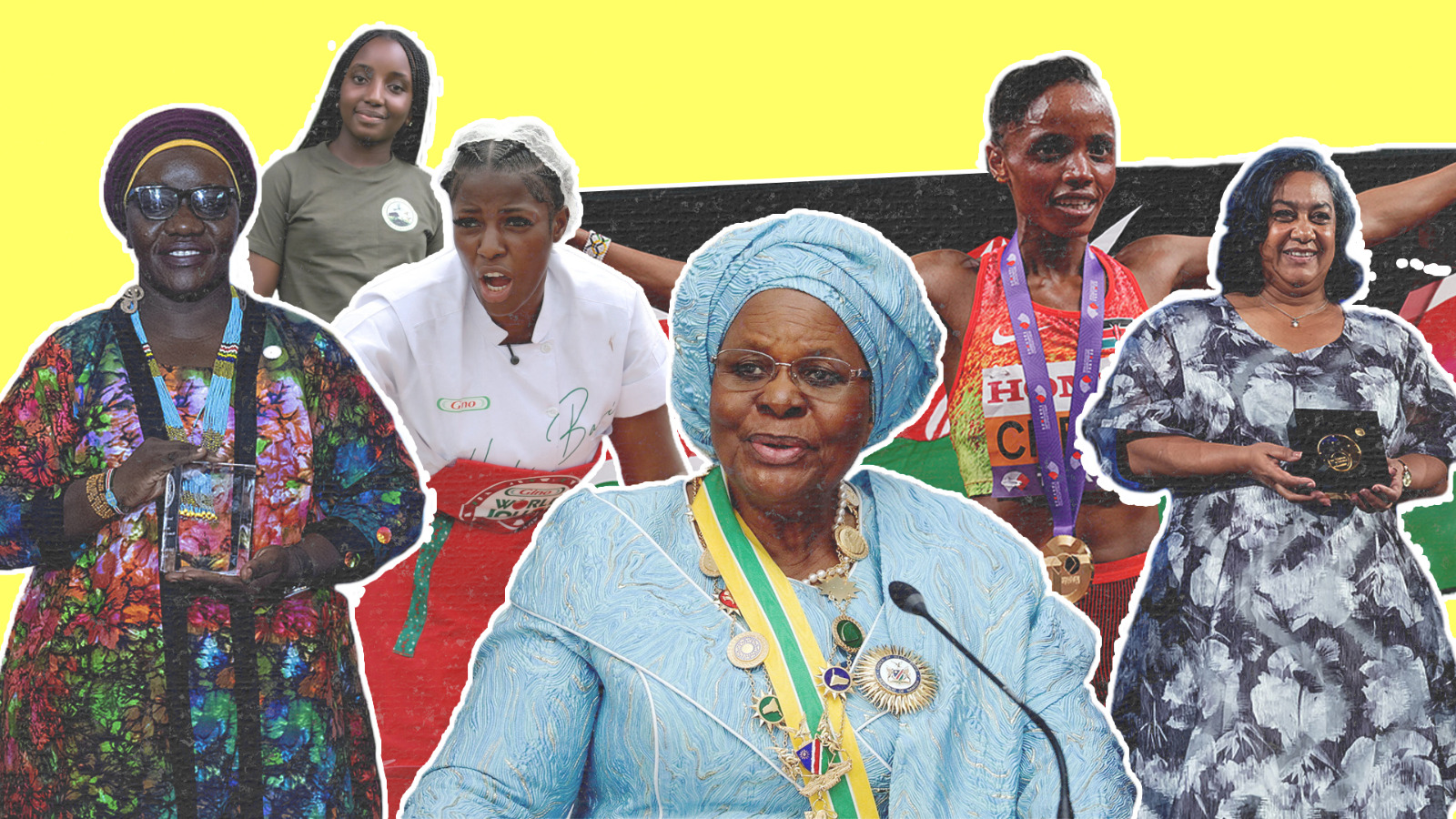
Reporter’s Diary: The dangers of informal mining in East Africa

As the explosion sounds, a young girl collapses and her mother wails. They had been waiting all night for him to come home – now they know he is dead.
A husband and father, he had spent his life mining at Nyatike gold mine in Western Kenya. It’s a lucrative yet dangerous business. The unnamed miner and five other men were buried by a huge rock that tumbled down from above in the heavy rains. As rescuers worked from night to morning to try and retrieve the bodies, they finally saw no alternative but to blast the boulder with high explosives – confirming those bodies underneath as dead.
It is the reality of mining in this area.
Nyatike mine is classed as an informal gold mine. Miners work here with little or no safety equipment – the mine itself is over a century old. It was built by the British in the early 1900s, and has been used ever since as a source of wealth for the surrounding communities.
But just how many people lose their lives in this business is not known. There are over 10,000 informal gold mines in the region. Many are poorly managed compared to international mining standards.
Often the mines are overcrowded, extremely loud due to the machinery, and structurally unsound. Those who work on the mine tend to live on the mine, and small-scale settlements exist within some of the major pits. Children play by the pits and schools feature next to the machinery – these mines have proved self-sufficient for the locals.

Witnessing the production of gold
You could hear the mine before you saw it. Over the sound of the engine of our 4X4 on the dirt track: the shrill of the crusher breaking up rock.
We arrived at Osiri Mine, the largest gold mine in the area – where over 10,000 people worked everyday. The area looked like a mine-cum-community, where makeshift buildings had been set up by those who worked there.
Bags were continuously flowing up from underground on a conveyor pully, carrying ore that had been mined by men from 400 feet below the ground. One miner said that men can spend up to two days down there mining, using only a hammer and chisel.
From the extraction underground, the ore was passed onto the women who manually broke it apart with a mallet. For this process, they did not wear gloves or protective eyewear. With their beaten-up mallets they sat on tar-pooling barefoot.
They would then carry the bags of broken up ore to the crushers – barrels made of steel that ground the ore down. These constantly rolled in the background, right from the opening of the mine at 6am, until close at 6pm.
The final stage saw the ground-down ore being passed onto women who sat by the side of small pools. This was where one could see the beginning of gold take shape – as women used mercury to extract the gold in buckets using cloth.
We saw one woman produce $20 worth of gold – she was given $1 by a gold trader for her efforts.
From the outside, it looked a chaotic practice. The stages were marked out by poor infrastructure, and equipment was worn out. It was the definition of an informal mine.
All who we spoke to said that they were aware of the dangers involved in this kind of mining – yet they had been given no alternative.

Finding an alternative
One mining association in Migori County is looking to formalise and support these miners.
“Our vision was to address issues that affect artisanal miners, so we created an association that could bring us together. Because I saw situations where a parent, a father died in the pit and is taken for burial, and the children are left suffering – and nobody cares about those children.”
Bismarck Onyanda, the chairman of the Mining Community Development Programme (MICODEPRO), told us of the times he had witnessed deaths at the mines – and nothing had been done to compensate or look after the families left behind.
On a micro-site in the region, Bismarck is trying out new health and safety techniques in a bid to introduce them to the larger mines in the area.

From simple alternatives like laying fencing around the sluicing ponds to stop people falling in, to placing steel trays under the crushers to avoid workers getting crushed, the micro-site is a portrayal of how these mines in Migori may operate in the future.
31 mining organisations have joined the association in a bid to better the conditions that their workers mine in. Bismarck is currently teaching a number of these miners alternatives to their current practice – and he says that he is getting positive results.
They may be small steps, but these health and safety features could one day avert a tragedy like Nyakite ever happening again.






